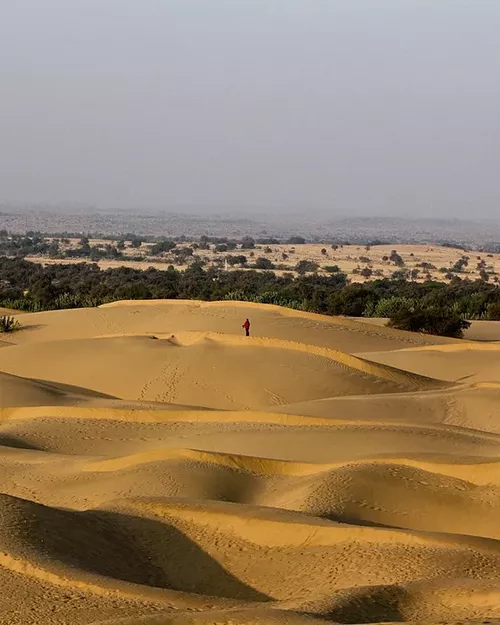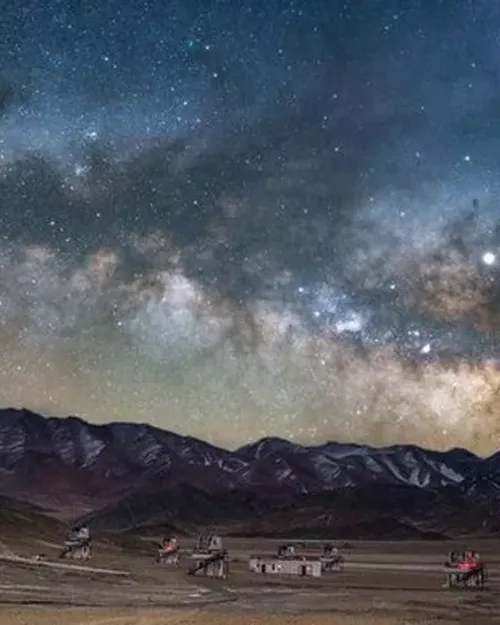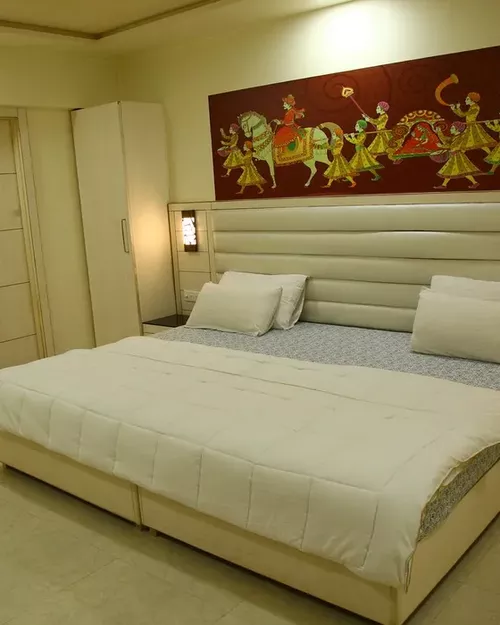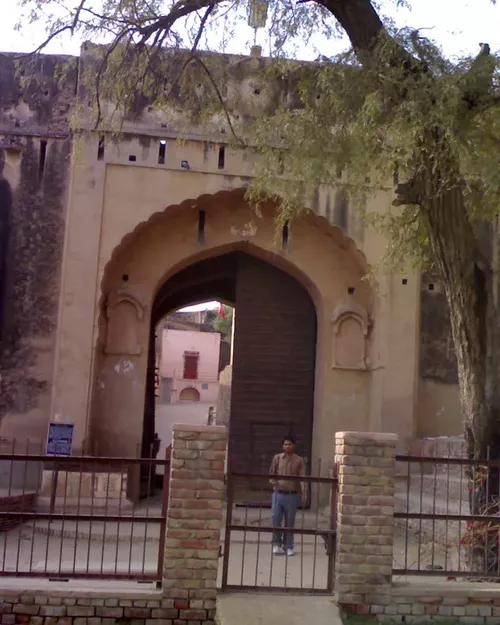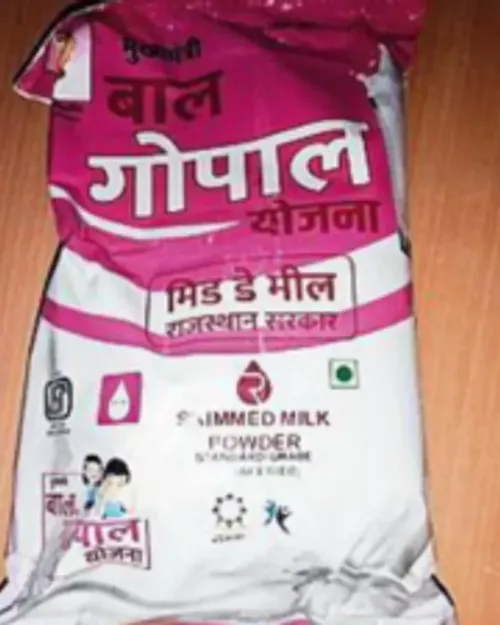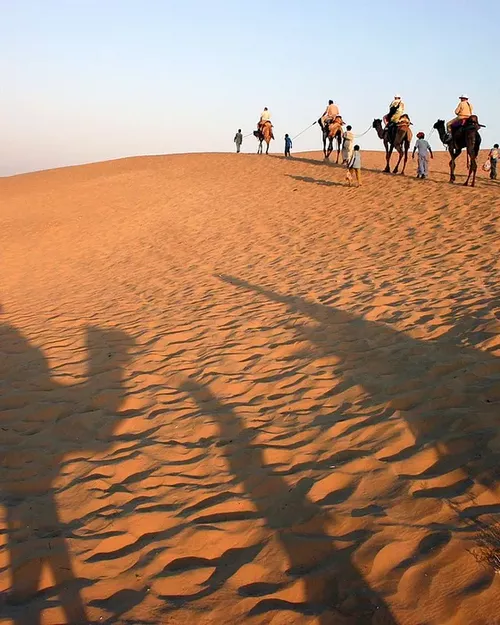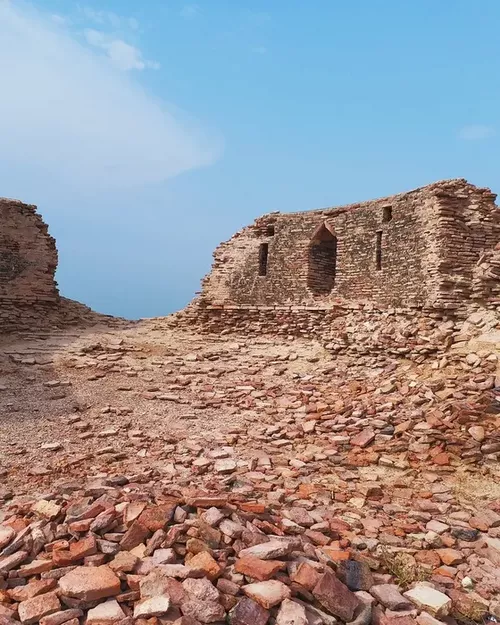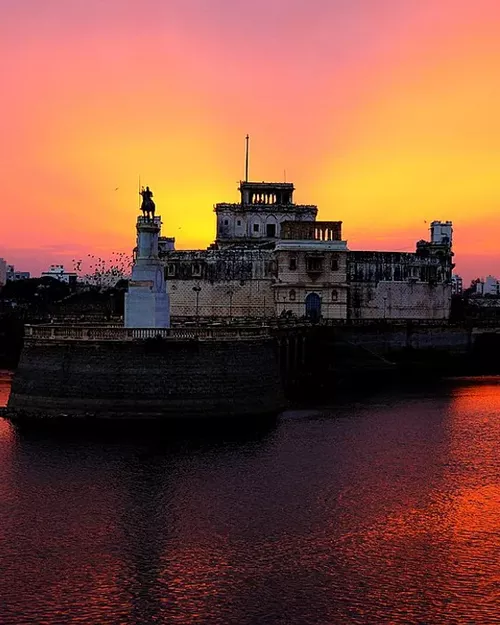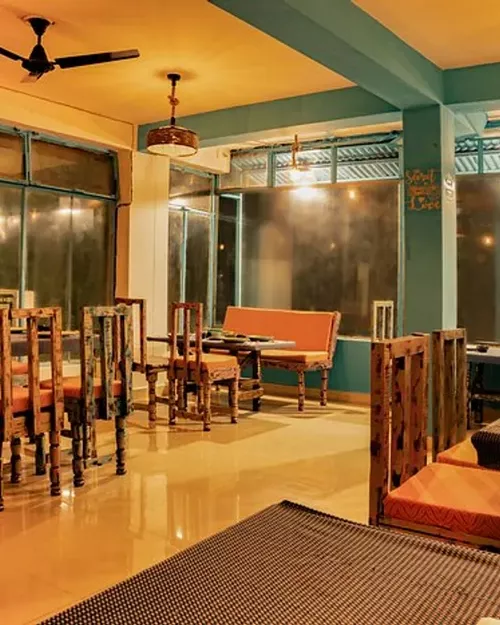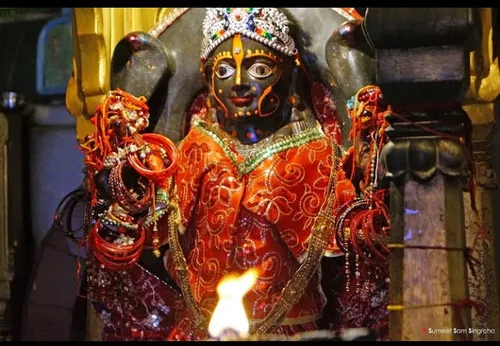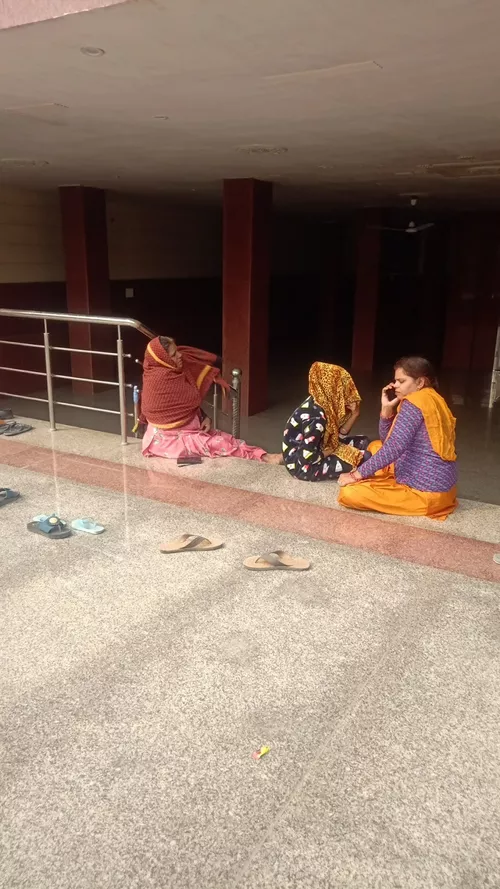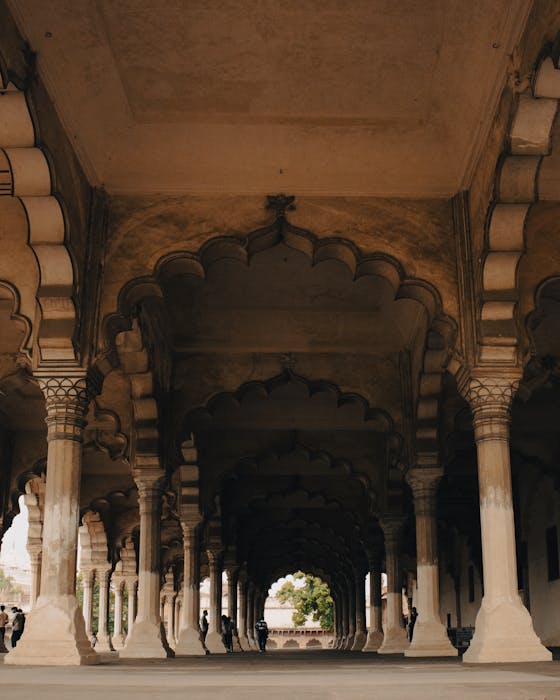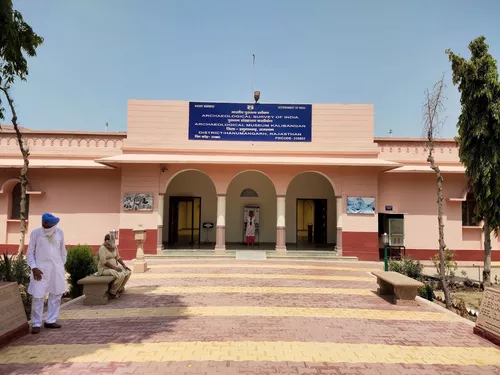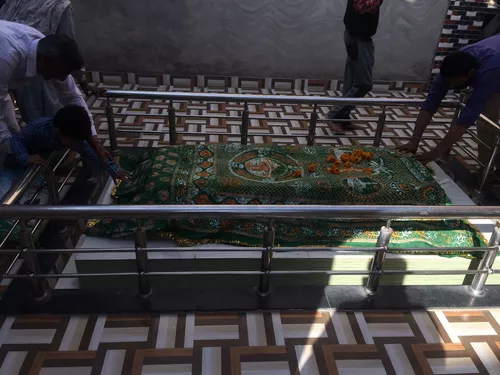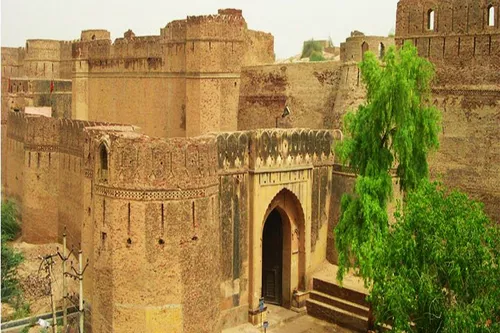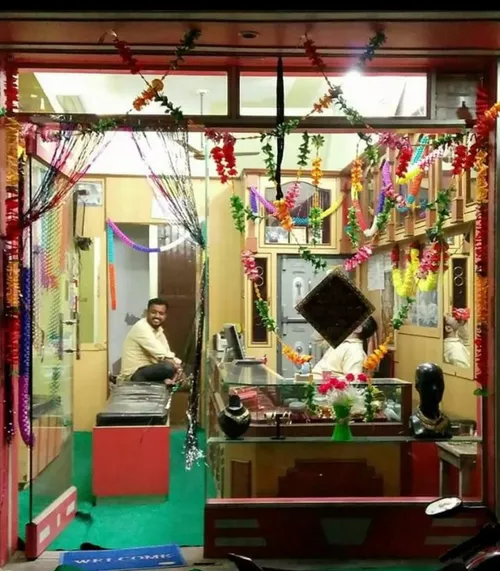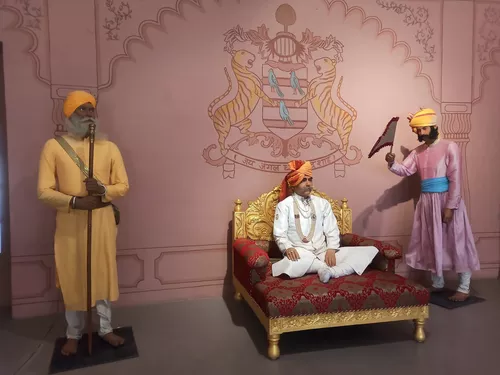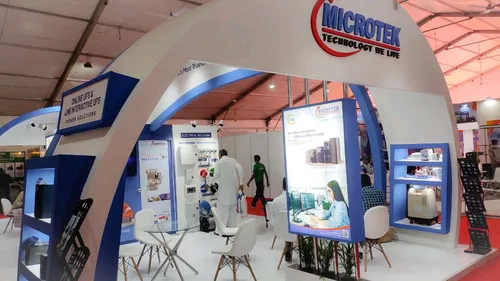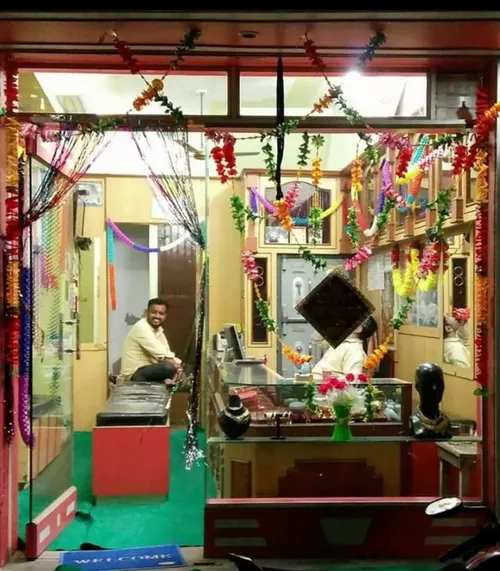Hanumangarh is popular for
Hanumangarh in next 3 month
Weather in Hanumangarh
December in Hanumangarh is cool and misty with moderate air quality, making it a pleasant time to visit.
Usual trip duration
A 2-3 day trip to Hanumangarh allows you to explore the rich history and culture of the region. You can visit ancient forts, temples, and museums, and also experience the local cuisine and traditions.
Very budget friendly
Ideas To Plan Your Trip
Places To Visit
Places To Eat
Frequently Asked Questions About Hanumangarh
The best time to visit Hanumangarh, Rajasthan, is during the winter months, specifically from October to March. During this period, the weather is pleasant and suitable for sightseeing and outdoor activities. The temperature ranges from 10°C to 25°C, making it ideal for exploring the historical sites and enjoying the local culture. Avoiding the scorching summer months (April to June) and the monsoon season (July to September) is advisable, as temperatures can soar and humidity levels can be high. Traveling in winter ensures a comfortable and enjoyable experience of Hanumangarh's attractions.
Hanumangarh is well-connected by various modes of transport, making it accessible from different parts of India. Here's a detailed breakdown of how to reach Hanumangarh:
| Mode of Transport | Details |
|---|---|
| By Air | The nearest airport to Hanumangarh is Bathinda Airport (BUP), located approximately 150 km away. Another option is Sri Guru Ram Dass Jee International Airport (ATQ) in Amritsar, which is about 280 km away. From the airport, you can hire a taxi or take a bus to reach Hanumangarh. |
| By Train | Hanumangarh Junction (HMH) is a major railway station and is well-connected to several major cities in India, including Delhi, Jaipur, Jodhpur, and Bikaner. Regular trains are available, and the railway station is conveniently located within the city. |
| By Road | Hanumangarh is well-connected by road to major cities in Rajasthan and neighboring states like Punjab and Haryana. National Highway 62 passes through Hanumangarh, providing excellent connectivity. You can take state-run buses or hire private taxis/cabs from cities like Jaipur, Bikaner, and Sri Ganganagar. |
Hanumangarh, rich in history and culture, offers several notable attractions for visitors. Exploring these sites provides insights into the region's heritage. Here are some of the popular places to visit in Hanumangarh:
- Bhadrakali Temple:
One of the most revered temples in the region, dedicated to Goddess Bhadrakali. Pilgrims visit this temple throughout the year, especially during Navratri.
- Kalibanga Archaeological Site:
An important historical site where remnants of the Indus Valley Civilization have been discovered. It provides a glimpse into ancient urban planning and artifacts.
- Gurudwara Sukha Singh Mehtab Singh:
A significant Sikh shrine commemorating the bravery of Sukha Singh and Mehtab Singh.
- Shila Mata Temple:
Another prominent temple dedicated to Shila Mata, attracting devotees seeking blessings.
- Ranthambore National Park (nearby):
While not directly in Hanumangarh, it's an accessible excursion for wildlife enthusiasts, offering tiger safaris and diverse flora and fauna. Requires a significant drive.
Hanumangarh offers a range of activities that cater to different interests, from historical exploration to spiritual experiences and cultural immersion. Here are some activities you can enjoy:
- Visit Historical Sites:
Explore the Kalibanga Archaeological Site to learn about the Indus Valley Civilization. This includes visiting the museum displaying artifacts found during the excavation.
- Seek Spiritual Experiences:
Pay a visit to the Bhadrakali Temple, one of the most important religious sites in the region, and participate in the daily prayers and rituals.
- Explore Local Markets:
Wander through the local bazaars to experience the local culture, shop for traditional Rajasthani items, and sample street food.
- Attend Local Festivals:
If your visit coincides with any local festivals, such as Gangaur or Teej, participate in the celebrations to experience the vibrant culture of Hanumangarh.
- Day Trip to Nearby Attractions:
Consider a day trip to nearby attractions like the Ranthambore National Park (though a substantial drive) for wildlife safaris or explore other towns and villages in the region to experience the rural Rajasthani lifestyle.
Hanumangarh serves as a good base for exploring nearby towns and attractions in Rajasthan and neighboring states. Here are some popular destinations within a reasonable travel distance:
| Destination | Approximate Distance | Highlights |
|---|---|---|
| Sri Ganganagar | Approx. 65 km | Known as the 'Food Basket of Rajasthan', visit the Ganga Canal and explore local markets. |
| Sirsa (Haryana) | Approx. 90 km | A city in Haryana with historical significance; visit the Dera Sacha Sauda headquarters. |
| Bhatinda (Punjab) | Approx. 150 km | Known for its historical forts and thermal power plant. |
| Bikaner | Approx. 240 km | Famous for its Junagarh Fort, camel farms, and delicious sweets. |
Hanumangarh offers a variety of shopping experiences, from traditional Rajasthani handicrafts to modern retail outlets. Here are some of the popular shopping spots:
- Local Bazaars:
The heart of shopping in Hanumangarh lies in its local markets. Here you can find a wide range of traditional Rajasthani items, including textiles, handicrafts, jewelry, and footwear.
- Handicraft Shops:
Look for shops specializing in Rajasthani handicrafts, such as wooden items, pottery, and embroidered textiles. These make excellent souvenirs or gifts.
- Textile Shops:
Hanumangarh is known for its textiles, so be sure to visit shops selling traditional Rajasthani fabrics, including block-printed cotton, tie-dye, and embroidered materials.
- Jewelry Shops:
You can find a variety of jewelry shops offering traditional Rajasthani jewelry, including silver jewelry, beaded necklaces, and bangles.
Hanumangarh offers a delightful culinary experience with a mix of traditional Rajasthani cuisine and North Indian dishes. Here are some recommended restaurants and local foods to try:
| Cuisine Type | Recommended Dishes | Restaurants to Try |
|---|---|---|
| Rajasthani | Dal Baati Churma, Gatte ki Sabzi, Ker Sangri, Bajre ki Roti | Local dhabas and restaurants in the main market area |
| North Indian | Butter Chicken, Paneer Tikka, Chole Bhature, Biryani | Restaurants near the railway station and main city area |
| Street Food | Pyaaz Kachori, Samosa, Jalebi, Lassi | Street vendors in the local bazaars |
| Sweets | Ghevar, Mawa Kachori, Rasgulla | Sweet shops in the main market |
Yes, Hanumangarh, like other parts of Rajasthan, celebrates various cultural events and festivals with great enthusiasm. These festivals offer a glimpse into the rich traditions and customs of the region. Here are some of the prominent festivals celebrated in Hanumangarh:
- Gangaur:
This is one of the most important festivals in Rajasthan, celebrated by women in honor of Goddess Gauri, a symbol of marital bliss. It involves processions, singing, and dancing.
- Teej:
Another significant festival for women, Teej is celebrated with swings, songs, and dances. Women dress up in green attire and offer prayers to Goddess Parvati.
- Holi:
The festival of colors is celebrated with great fervor in Hanumangarh. People throw colored powder and water on each other and enjoy traditional sweets and snacks.
- Diwali:
The festival of lights is celebrated with the lighting of lamps and candles, decorating homes, and exchanging sweets and gifts.
- Navratri:
This nine-night festival is dedicated to Goddess Durga. Special prayers and cultural programs are organized during this time.
The type of clothing recommended for visiting Hanumangarh largely depends on the time of year. Considering the climate, here's a breakdown of what to wear:
- Winter (October to March):
During these months, the weather is pleasant but can get chilly, especially in the evenings and early mornings. It is advisable to wear warm clothing like sweaters, jackets, shawls, and even light woolen clothes. Layering is a good idea so you can adjust your clothing as the temperature changes throughout the day.
- Summer (April to June):
Summers in Hanumangarh are extremely hot and dry. It's best to wear light and breathable cotton clothes. Loose-fitting clothes are preferable. Light colors are recommended as they reflect heat better. Don't forget to bring sunglasses, a hat or scarf, and sunscreen to protect yourself from the harsh sun.
- Monsoon (July to September):
During the monsoon season, the weather can be humid. Lightweight, quick-drying fabrics are a good choice. An umbrella or raincoat is essential. It's also advisable to wear footwear that can handle wet conditions.
Yes, Hanumangarh has several banks and ATMs available for currency exchange and other banking services. Being a district headquarters, it hosts branches of major nationalized and private banks. Here is what you can expect:
- Banks:
You can find branches of State Bank of India (SBI), Punjab National Bank (PNB), Bank of Baroda, and other major banks in Hanumangarh. These banks offer services like currency exchange, cash withdrawal, and other banking transactions.
- ATMs:
ATMs are widely available throughout the city, especially near the main market, railway station, and bus stand. Most ATMs accept major credit and debit cards, including Visa and MasterCard.
- Currency Exchange:
While some banks may offer currency exchange services, it's advisable to check with the specific branch beforehand. Alternatively, you can exchange currency at the airport upon arrival or in major cities like Delhi or Jaipur before traveling to Hanumangarh.
The primary local language spoken in Hanumangarh is Hindi. As part of Rajasthan, the regional language is also Rajasthani, with local dialects being used in everyday conversations. Due to its proximity to Punjab, you may also find that some people understand and speak Punjabi. English is understood and spoken by some people, especially in tourist-related services and businesses. However, it's always helpful to learn a few basic Hindi phrases to communicate more effectively with the locals and enhance your travel experience.
Generally, Hanumangarh is considered a safe place to visit for tourists. Like any other travel destination, however, it is always wise to take certain precautions to ensure a safe and pleasant trip. Here are some safety tips to keep in mind:
- General Safety:
Be aware of your surroundings, especially in crowded areas like markets and bus stands. Keep your valuables secure and avoid displaying expensive jewelry or gadgets.
- Transportation:
Use reliable modes of transportation such as government-run buses or reputable taxi services. If you're hiring a private taxi, negotiate the fare beforehand.
- Accommodation:
Choose reputable and well-reviewed hotels or guesthouses for your stay.
- Health:
Drink bottled water and avoid eating from unhygienic street food vendors. Carry basic medications and a first-aid kit.
- Local Customs:
Respect local customs and traditions. Dress modestly when visiting religious sites.


